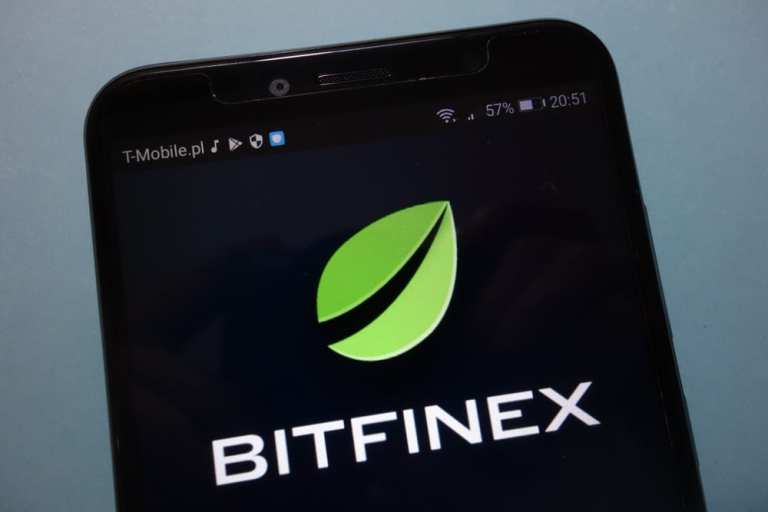Discovering (A Lack Of) Price Discovery Amid Bitcoin Fraud Allegations

Generally speaking, price discovery is the way anything that changes hands – from stocks to bonds to software to services – finds a “real” price. It’s the agreed-upon price at which buyers will buy and sellers will sell, offering a sense of equilibrium – if only for a moment (because, of course, prices are fluid).
Theoretically speaking, a marketplace helps smooth price discovery, bringing buyers and sellers together to transact through virtual or digital conduits. But where marketplaces are less than efficient, price discovery is thwarted, and volatility rules the day.
Reports came from Bloomberg this week that bitcoin, the marquee name of cryptocurrencies, was trading at a several hundred dollar premium on one exchange: Bitfinex.
Bitfinex is the cryptocurrency exchange that last week was swept up in an investigation over a coverup alleged by the New York State Attorney General to have involved as much as $850 million in losses. To recap, the AG accused Tether (of the Tether stablecoin) and the Bitfinex operator of possibly defrauding crypto investors. Bitfinex had allegedly sent as much as $850 million to a firm based in Panama, Crypto Capital Corp. (used to help wire dollars to traders), couldn’t access the funds and then started to use Tether to cover transactions.
Tether, in turn, has said in the past that its stablecoin is backed in a one-to-one dollar relationship (and those dollars were held in its bank accounts, according to past reports), but now has said in New York court that cash and short-term securities (i.e., not simply dollars) backed roughly four quarters of Tether coins.
Now, reports Bloomberg, investors have been exiting Tether and embracing bitcoin. And, at least on that exchange – Bitfinex – bitcoin was trading for $5,570 while changing hands elsewhere for, at this writing, a bit less than $5,300.
In other words, people are paying up to get out of Tether.
Interestingly, there are other places where one can buy bitcoin, and where the premium need not be paid (at Coinbase and other exchanges). But the Bitfinex imbroglio also shows some lingering concerns of marketplaces that may not be as ready for prime time as some enthusiasts might enthuse. Late last year, Tether, which should conceivably have a $1 floor (tied, as it ostensibly was, to the dollar), cracked through that floor, and bitcoin again saw trading at a premium.
The Justice Department, Bloomberg reported, had been and is investigating whether the stablecoin had been used to manipulate bitcoin during its heyday back in 2017 when all-time peaks were reached (and where Tether stablecoins had been used to buy bitcoin, offering at least some price stability, the newswire reported in the middle of last year).
Paying up for the privilege of crowding into bitcoin to get away from another crypto? It’s perhaps a tempest brewing in at least one corner of the crypto market rife with rumor and legal machinery grinding – and to this we say: Caveat emptor.